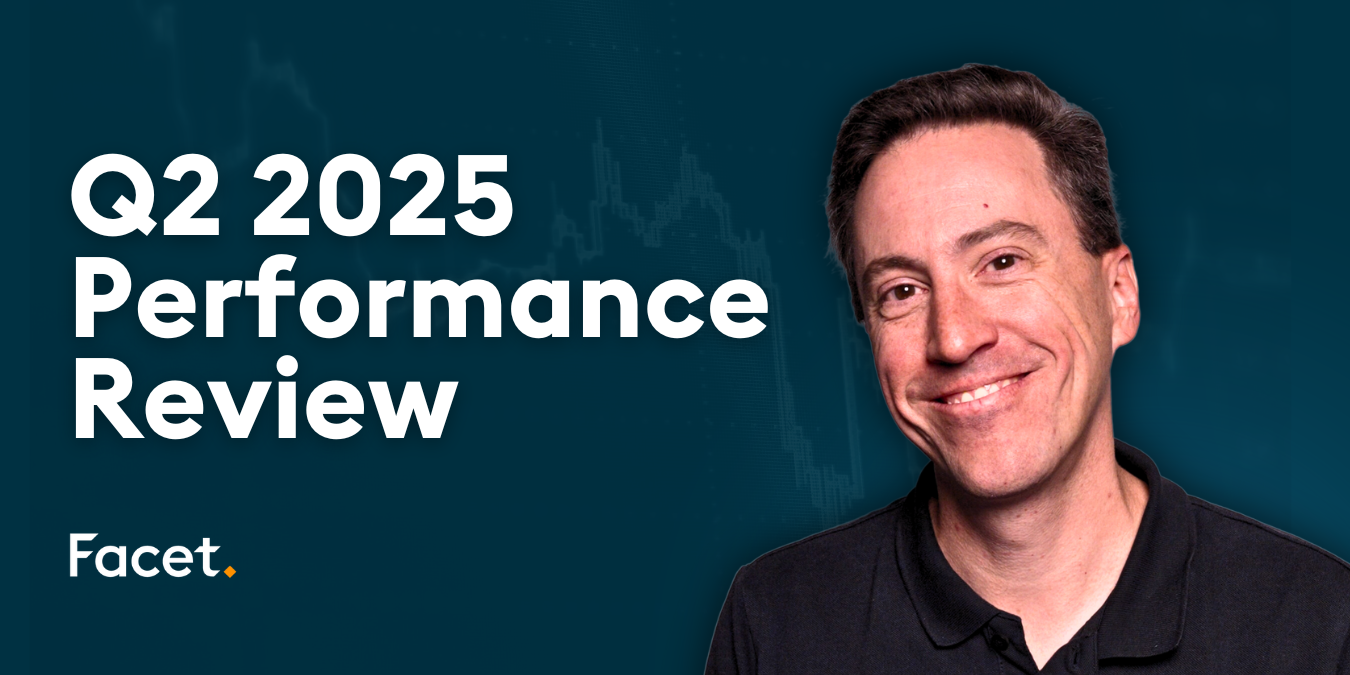
The information provided is based on the published date.
Key takeaways
- US inflation eased in October, coming in at 0%, 3.2% year-over-year. Core inflation, excluding food and energy, was at 4%
- Although inflation is improving, it still remains above the Fed’s 2% target
- Falling gas prices are contributing to the overall decline in inflation
- Speeding up inflation improvement will make it easier for the Fed to cut rates if needed
- As long as the economy continues to grow, company profits should follow
US inflation eased in October. Overall inflation came in at 0% for the month, while the year-over-year figure eased to 3.2%.
Excluding food and energy, also known as Core CPI, inflation was 4.0% over the last year, the lowest since August 2021.
While markets cheered this result, questions remain. Core CPI at 4% remains double the Federal Reserve’s inflation target of 2%.
What will it take to get all the way to the target? Is the Fed even taking that target seriously? And what does this mean for your investments?
Here are our thoughts.
Inflation declines, still above the Fed’s target
Two things are undeniably true. One is that inflation has improved substantially in 2023, with Core CPI falling from over 6% late last year to just 4% now. However, it is also true that inflation remains way too high. The Fed’s target is 2%, so as Fed Chair Jerome Powell said in his last press conference, “The process of getting inflation sustainably down to 2 percent has a long way to go.”

For now, the Fed seems content to hold off on rate hikes and see if the softer labor market will result in inflation continuing to subside.
Could inflation get stuck at 3%? And would the Fed care?
The chart above shows there’s some reason for concern. The orange line, which represents Core CPI from the last three months annualized, has ticked up a bit recently. That could mean that inflation progress is slowing.
Our read of the data suggests inflation will probably keep improving. The aggregate price of goods (as opposed to services) has been declining in recent months. I.e., items ranging from clothing to automobiles are either not increasing in price or even falling outright.
Right now, the items propping up the CPI are things like shelter, which has a well-known lag effect, and “motor vehicle insurance,” which has risen 19% over the last year. Not that we should ignore how car insurance hits consumer’s budgets, but it is fair to say that this item probably doesn’t reflect broad economic conditions.
That being said, it is worth considering what would happen if inflation progress were to stall. Would the Fed be comfortable with inflation staying around 3%? Or would they resume hiking to push inflation down faster?
We think as long as the Fed believes that interest rates are restricting economic activity, it won’t feel the need to hike again. Even if inflation moves very slowly toward 2%, if other economic metrics indicate that the economy is soft, the Fed will continue to believe inflation eventually gets to 2%.
Remember that the key reason to set an explicit inflation target is so that the public believes inflation will be around 2% over the long term. It isn’t especially important that inflation stays at exactly 2% in the short term. We don’t think the Fed will be inclined to strangle the economy just to get inflation down to 2% faster.
Speed matters for inflation improvement
The pace of inflation improvement matters for investors. Several threatened recessions over the last few decades were headed off by the Fed either cutting rates, backing off rate hikes, or enacting quantitative easing. This includes 1995, 1998, 2011, 2015, and 2018.
If the economy were to slow further in 2024, the Fed could cut rates somewhat. Even a couple rate cuts could be enough to keep a minor slowdown from becoming a full-blown recession.
However, it will be impossible for the Fed to cut rates unless inflation continues its descent (i.e., if inflation were still running in the 3.5-4.0% area, the Fed would probably keep rates steady even if the economy started to slow more meaningfully). Yet, if inflation had already cooled to below 3%, it would be much easier for the Fed to cut.
In this sense, further improvement in the CPI would not only be good news because it prevents more Fed rate hikes, but it would also create an insurance policy in case the Fed needs to cut.
Why is overall CPI much lower than the Core measure?
The main reason why overall CPI is much lower than the Core measure is the fact that gas prices have been falling rapidly lately. According to AAA, the national average price at the pump was $3.36 as of November 12, down 13% from its highs in September.

Fluctuating gas prices get a lot of attention. After all, it is one of the few prices that most consumers can actually see moving day-to-day, and it is something that almost all of us buy regularly.
But there is a reason why the Fed prefers to include gasoline prices in inflation and disclude energy prices: the volatility of energy prices can distort the broader inflation picture.
That being said, it is interesting to consider why gas prices are falling. Despite the conflict in Israel, oil prices have been declining, down about 16% from their September highs. This has come even as OPEC, a collective of oil-producing countries mainly in the Middle East, has been reducing its oil production. According to Bloomberg, OPEC countries are producing about 28 million barrels of oil per day, down 4% from the start of the year.
So, if supply is contracting, the only thing that could cause oil prices to fall is declining demand. This is usually a bad sign for the global economy. Less oil demand would stem from the same in other sectors, such as transportation, including freight shipping.
This is likely a function of the soft Chinese economy coupled with less American spending on goods and more on services. This is something to watch going forward, as continually declining commodities may have a mildly positive impact on inflation but would imply a weakening global economy.
Investment implications
We have argued for a while that inflation and the Fed would fade as the dominant driver of markets. That took a bit of a hit during 3Q as surging long-term interest rates spooked both the bond and stock markets. However, stocks are near their 2023 highs after the post-CPI rally, and the broad bond market has erased all losses.
From here, earnings growth is what will matter for stocks. If the economy can keep growing, company profits should follow suit. Historically, that has almost always been enough for stocks to perform. If the economy does slow, how resilient are companies to that slowdown? This is part of why Facet has overweighted companies with more financial flexibility and underweighted companies more tied to the business cycle.
For bonds, if inflation remains on a downward trajectory, it is unlikely that longer-term rates will rise meaningfully from here. What is less clear is whether bond prices can keep climbing or if your return will come primarily from income generation. Either way, we think it is likely that the severe losses bonds suffered in 2022 are behind us, and from here, bonds are an attractive investment.
Tom Graff, Chief Investment Officer
Facet Wealth, Inc. (“Facet”) is an SEC registered investment adviser headquartered in Baltimore, Maryland. This is not an offer to sell securities or the solicitation of an offer to purchase securities. This is not investment, financial, legal, or tax advice. Past performance is not a guarantee of future performance.


